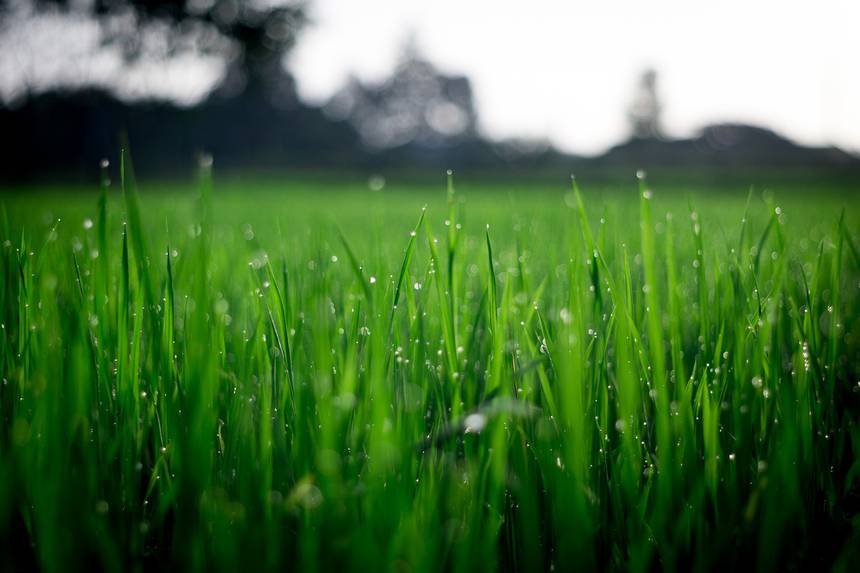Ah, the sweet smell of distress.
First of all, there are so many reasons not to have a grass lawn. They are thirsty and often require chemicals to keep them up to snuff for the typical lawn lover. And they take up real estate that could otherwise be going to a pollinator-friendly clover lawn or meadow, or better yet, something that is edible.
And of course, lawns require mowing. The bright side of mowing is the scent of fresh cut grass; which always ranks on or near the top of most “favorite smells” lists. But consider this: What if that smell is really a plant-style call of distress? How twisted of us to find such pleasure in it!
That plants communicate is old news. They don’t say “hey, what’s up,” but they do talk through a language of chemical communication. Trees have the “Wood Wide Web” – an underground fungal network that acts a bit like our own networks. And scientists have found ample evidence that plants can send, among other things, distress signals by means of volatile organic compounds and specifically, green leaf volatiles.
“A wounded plant will warn its neighbors of danger,” says Harsh Bais, a botanist from the University of Delaware and author of a study on the topic. “It doesn’t shout or text, but it gets the message across. The communication signals are in the form of airborne chemicals released mainly from the leaves.”
So imagine what blades of grass must be saying when confronted with a giant whirling many-bladed machine of destruction? In the video below, which comes courtesy of the ACS and PBS Reactions ReactionsYouTube channel, you can see the science behind it all.
I don’t know about you, but I’ll never think of the smell of fresh cut grass in the same way again … it will now forever smell like the sound of tiny screams! In the meantime, the aroma of baking bread or fresh rain will have to suffice.
Source: What fresh cut grass is saying with its scent | TreeHugger













